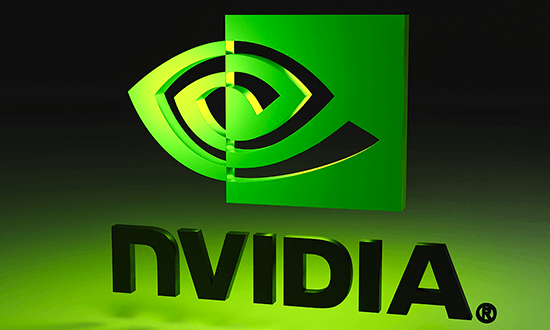Nvidia Stock at Record Highs: Three Factors to Keep an Eye On
Posted: 2 year ago

In the realm of high performance, Nvidia (NVDA) has demonstrated robust market stamina, with its shares tripling this year and catapulting its market cap beyond the coveted $1 trillion mark. Despite this stellar run, the stock’s recent plateau warrants scrutiny into persisting vulnerabilities. Here are three pivotal concerns that should remain on the radar for any discerning investor.
1. Customer Price Sensitivity: A Precarious ‘Picks and Shovels’ Play
Nvidia has long been celebrated as a classic ‘picks and shovels’ entity—profiting from the foundational technologies that power various industry trends. Yet, the longevity of this advantage hinges on the continued willingness of customers to pay premium prices. Independent analyst Richard Windsor of Radio Free Mobile argues that current pricing for generative AI services, like ChatGPT, is untenable in the long term.
The market faces downward pricing pressures from open-source alternatives and startups keen to gain traction through competitive pricing. Windsor anticipates a significant price recalibration, foreseeing a drastic decline from around $20 per month to potentially $20 per year for AI services. Should this projection materialize, the economic viability of Nvidia’s exorbitantly priced H100 chip, currently retailing between $25,000 to $30,000, could be severely undermined.
2. China Risks: A Double-Edged Sword
Though Nvidia has quelled apprehensions surrounding an unsustainable surge in Chinese demand, geopolitical uncertainties loom large. Revenue from China hovers within historical norms at 20%-25%, but Nvidia CFO Colette Kress has warned of significant long-term repercussions should trade restrictions be enacted.
Further complicating this picture is China’s own economic instability, making it an increasingly precarious market for Nvidia’s heavyweight clientele like Baidu, ByteDance, Tencent, and Alibaba. There’s growing speculation that local suppliers may be inching closer to parity with Nvidia in GPU capabilities, raising the specter of decreased market share in a crucial region.
3. Competitive Landscape: The Terrain is Shifting
Nvidia’s current market dominance in graphics-processing units for AI applications, boasting a roughly 90% market share, is far from invulnerable. Rivals like Advanced Micro Devices (AMD) are rolling out competitive offerings like the MI300 data-center GPU, potentially capitalizing on constraints in Nvidia’s supply chain.
Additionally, Nvidia faces competition from within its own customer base. Companies like Google and Amazon are developing custom chips that rival Nvidia’s GPUs, presenting the dual threat of both lost sales and increased competition.
Final Thoughts: A Balancing Act on a High Wire
It’s not a single factor but a confluence of them that could derail Nvidia’s stock momentum. The company’s impressive performance thus far has elevated investor expectations, creating a challenging landscape for sustained growth. While Nvidia has defied multiple headwinds, the underlying risk factors remain. A judicious approach to the stock, therefore, entails a vigilant eye on these evolving dynamics as they can potentially temper the current exuberance surrounding Nvidia’s market valuation.
As always, the pursuit of high returns is accompanied by high risks. Stay tuned for more analytical insights into the factors shaping Nvidia’s future performance.
Interested in trading on CDFs?
Source: https://www.barrons.com/articles/nvidia-stock-price-record-buy-sell-344b62d1
RECENT POSTS
- •Professionalism can be gauged by examining a broker’s mobile app
- •Alphabet’s $32 Billion Cybersecurity Acquisition: Implications for Traders
- •What to Expect from the OPEC JMMC Meeting on December 1, 2024
- •The Beige Book: Insights into Economic Conditions Ahead of December 2024
- •Earn Up to 50% Cash Back with FXORO Global’s New Promotion!
- •Navigating the Waves: Preparing for the Bitcoin Halving with FXORO Global

